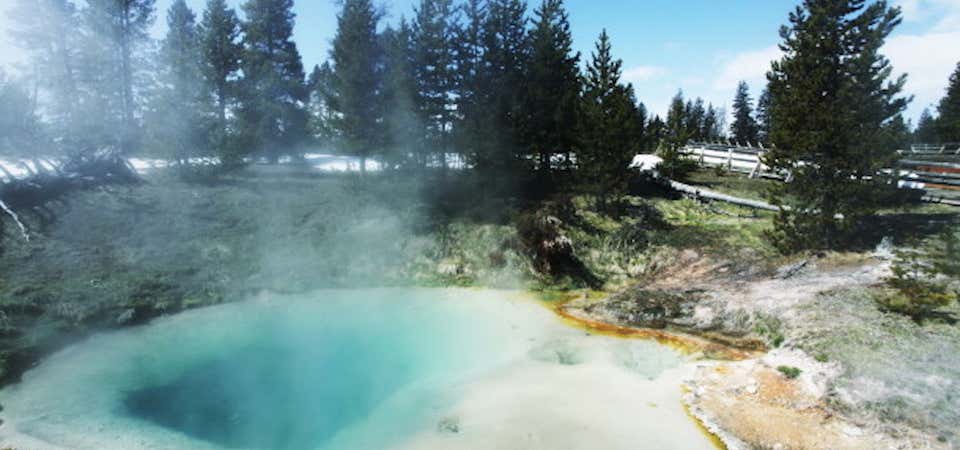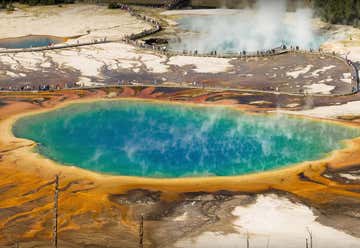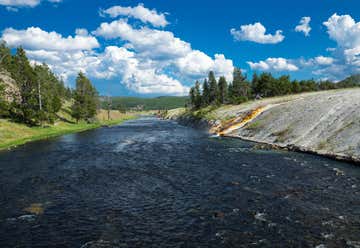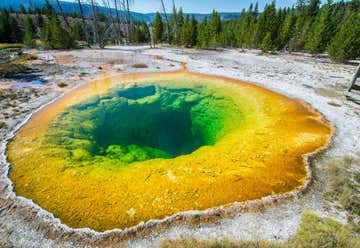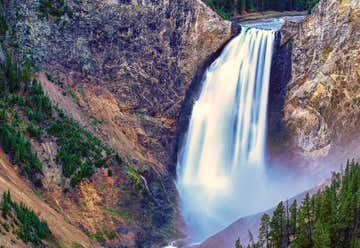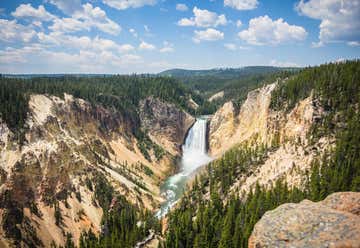You’re probably familiar with Yellowstone National Park, located in Wyoming (and a little in Montana and Idaho). It’s so full of beauty and astonishing natural features that it’s no wonder that it is the world’s first national park (established in 1872). It’s also the home of a giant supervolcano that might blow at any minute, wiping the park off the map entirely. Just in case, I would run, not walk, to the park to see some of nature’s coolest landmarks before they’re gone forever.
Mathematicians, statisticians, and dedicated observers have spent years studying and analyzing this well-known Yellowstone National Park geyser. So far, they’ve found that short eruptions (lasting about 2 minutes) lead to shorter intervals (short being around 65 minutes), while longer eruptions, which generally last around 4 minutes, have more time between them (94 minutes or so). Despite all of the math, any one of Yellowstone’s 1,000 or so annual earthquakes could affect the interval time, so intervals are just rough approximations.
No, we didn’t leave Yellowstone for Mars- this is just the Mammoth Hot Springs. Like most things in Yellowstone National Park, these are caused by the volcanic activity deep below the earth that threatens to destroy the beauty it creates. Like Old Faithful, these terraces are constantly changing as a result of the heat (from a partially molten magma chamber), water and limestone. Swimming in the boiling hot waters isn’t recommended, but it’s certainly a cool place to check out!
Nature’s tie-dye, Yellowstone’s Grand Prismatic Spring is the largest hot spring in the US (and the third largest in the world). The vivid colors in the spring are the result of pigmented bacteria in the microbial mats that grow around the edges of the mineral-rich water, which can range from shades of green to red hues. The spring’s blue center is so hot that bacteria can’t grow there, producing an almost rainbow-like effect.
This river is one of several in Yellowstone National Park. It’s remarkable for its natural heat which comes from the hot springs water that flows into it. On average, it’s 9-18 degrees F warmer than other rivers! Old-timey trappers named it for the steam that often rises from the river, making it appear to be smoking. It’s also good for fishing, despite the fact that other animals can’t live in it due to its heat.
This Yellowstone geological feature, known as Morning Glory Pool, may not even make it to the supervolcano eruption; in the past, many visitors threw trash, logs, rocks, and coins into the pool, affecting the heat and circulation of the water. Once a clear, solid blue, yellow and orange bacteria have started to spread towards the pool’s center, changing its appearance forever.
Did you know that Yellowstone National Park has a Grand Canyon and a waterfall almost twice as tall as Niagara falls? The Yellowstone River’s winding path takes it north from Yellowstone Lake, down the Upper and Lower Yellowstone Falls (the Lower Falls being the taller of the two) and into Yellowstone’s Grand Canyon, an awe-inspiring canyon that can run up to 1,000 feet deep.
If those amazing views don't do it for you (and if they don't, then what's wrong with you, you cold-hearted monster??) then maybe the park's fascinating history will sway you. The first known American to encounter the park was a member of the Lewis and Clark expedition named John Colter who left the group of explorers to join a pack of fur trappers. In 1807-1808, he passed through parts of what would become Yellowstone, and observed some of its bizarre geothermal oddities, which he described to others as a place of "fire and brimstone". Everyone wrote him off as mad, unable to believe that such natural wonders were actually real. They nicknamed the "fictional" place "Colter's Hell", and even as other mountain men began to corroborate Colter's claims, they were still written off as mere myth. The first organized survey of what would become the park didn't occur until 1860, and people didn't really explore the area in earnest until the late 1860's-- but once people really started to get to know Yellowstone, it wasn't long before the recognized its beauty and importance and protected it as the country's first National Park.
